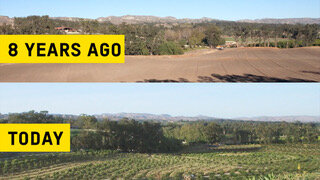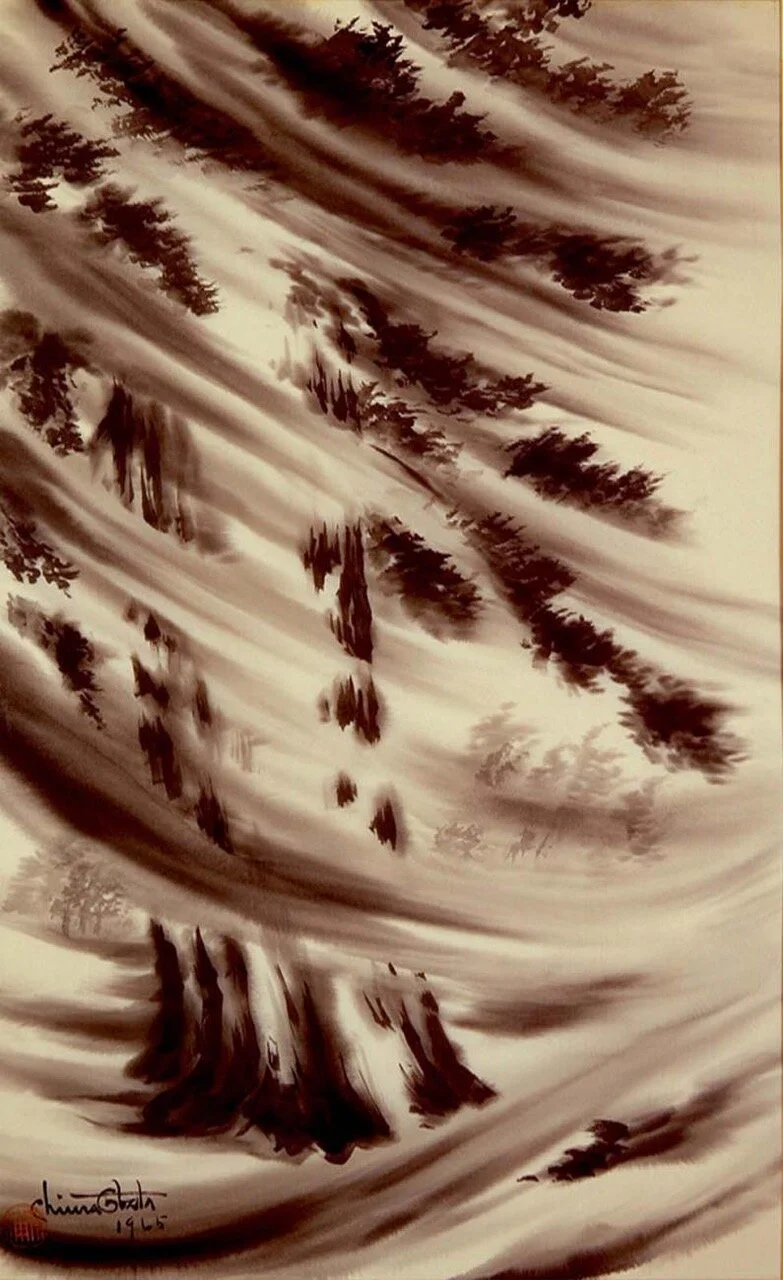Jim Terry’s post is the last of the Guest Author posts for a while. The Guest Author series was reader, Rick Smith’s, idea—giving Mary & me a break to concentrate on my recovery from Hodgkin Lymphoma. Thank you, Rick! And, thank you to Guest Authors: Rick Smith “Yosemite,” Marsha Larsen “Native Country,” Anne Raftery “Poems,” Bill Smith “Papau New Guinea . . . Trekking Into History,” Laura Isham “Story of Your Favorite Meal,” Suz Robinson “One Minute Blessings,” and Jim Terry “The Small Box From Japan.”
What We Don’t Know
It’s amazing how little we know,
About friends that we love so.
It’s for us to just ask,
Our love is our task,
As we listen to what we don’t know.
© Forrest W. Heaton 13 September 2021
I have recently reconnected with my friend, Bill Wetherall, from 54 years ago. He has resided in Tokyo, Japan, for most of that time. We were both in the army during the Vietnam War, assigned to a large hospital laboratory in Yokohama, Japan. This internet reunion has stimulated my mind to recall experiences in the laboratory at the 106th General Hospital and consider the impact those few months had on my entire life. The following came to mind.
The Small Box from Japan
By Jim Terry
September 2021
In 1966, during the Vietnam War, while at the microbiology laboratory of the 106th General Hospital, Kishine Barracks, Yokohama, Japan, I received a memorandum/alert from the Army Medical Command, Ft. Sam Houston, Texas, regarding the bacteria now known as Burkholderia pseudomallei, and the disease Melioidosis in patients from S.E. Asia. In the following 6 months we isolated this organism from five patients. The 406th Army Medical Laboratory at Camp Zama, Japan, confirmed the identifications.
In early 1967, at the time I was due to return to the U.S. and process out of the army, I was applying to graduate school in Microbiology. I thought I might pursue some study of this rare organism. The 406th laboratory agreed to lyophilize (freeze dry) the five isolates. When I packed up my belongings for return to the U.S., most of my possessions were shipped by the army. But in my checked baggage for a long flight to Travis Air Force Base in California, I included a well-sealed small cardboard box. In it were a total of twenty-five flame sealed glass ampules containing what looked like a fine white powder. Luckily, no one inspected my luggage. Bill Wetherall, who had worked at the laboratory at Kishine Barracks, came down from his home in Grass Valley to meet me and gave me a grand tour of San Francisco with the Haight-Ashbury scene of 1967. I visited with his family in Grass Valley and then proceeded to the airport to fly east. I have fond memories of that visit. I gave little thought to the contents of my luggage at the time, but looking back now, perhaps I was a little cavalier.
I did pursue a study of B. pseudomallei at Emory University in Atlanta in 1967-1969. I was able to demonstrate the morphological variations which led to the bacillus losing its cell wall and subsequent reversal to the parent form. CDC was helpful with electron micrographs to confirm the lack of a cell wall. It is now known that this organism can live intracellularly in macrophages for extended time and then years later cause a recurrence of melioidosis. It has been referred to as The Vietnam Timebomb. As of 2020, B. pseudomallei was classified as a Category B potential biological warfare agent and a CDC Tier 1 Security agent. B. pseudomallei has been identified as the cause of an outbreak of melioidosis in patients in four states in 2021. It was found in aromatherapy spray bottles manufactured in India. Two of the four patients died. *
Needless to say, although I was always very careful, my laboratory at Emory was definitely not sufficient for study of this organism. Sometimes I did wonder why people walking down the hall would carefully pass as far from my door as possible!
After completing my degree at Emory, I went to Miami, where I was the Director of a Microbiology laboratory for many years. Upon retirement in March 2000, as I was cleaning out my desk, I found that small box from Japan. Many ampules had been used in my research but there remained about ten resting in that cotton and gauze lined box. In a final celebration, the contents were sent through the autoclave and then to the incinerator to prevent any survivors from setting up residence in the Florida Everglades.
Burkholderia pseudomallei




























